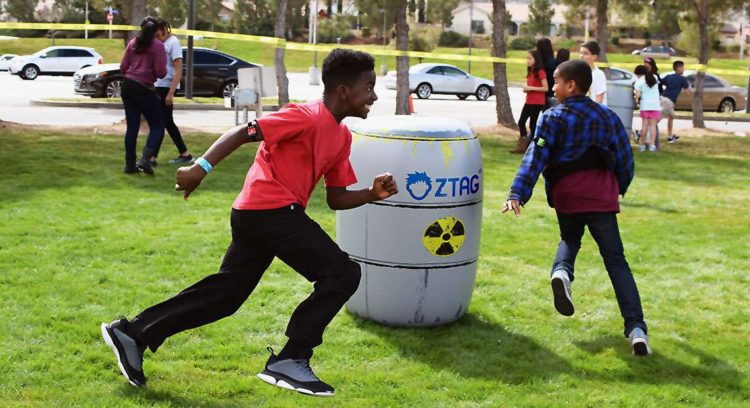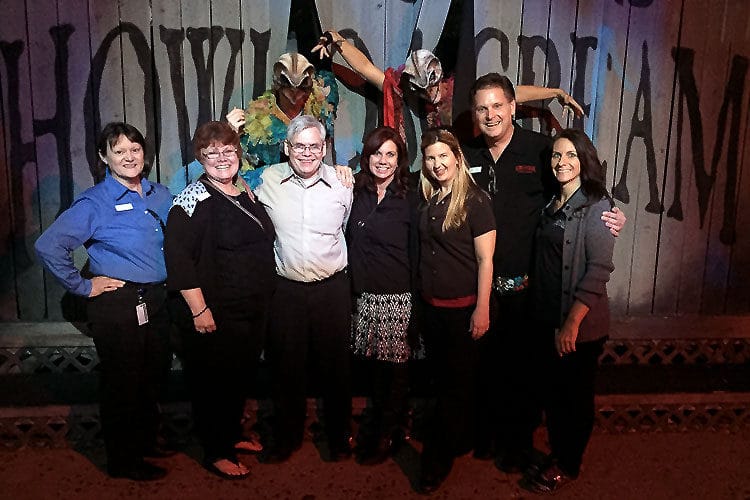How much socialization should we build into attractions?
Socialization in attractions is a new trend, and it’s a byproduct of interactive entertainment. Entertainment was always social but “socialization,” in this sense, means guests interact with one another as opposed to “watching together.” As seasonal attraction professionals, we must decide whether to encourage active socialization. Regardless, it’s important to understand how the competitive landscape is shifting. Some guests want to “be entertained,” but others want to engage in interactive activities.
This article looks at ZTag as a form of entertainment in which socialization is key. ZTag is a good case study, because it’s been played in many different venues and allows for varied sampling.

What is ZTag?
ZTag is based on good, old-fashioned tag with a sci-fi twist. It’s like laser tag but, instead of guns, players have proximity-based wearable sensors. There are three categories of players in ZTag—humans, who wear a green ZTag badge; zombies, who wear a red badge; and doctors, who wear a white badge. The zombies transmit “infection” signals to humans that are face to face and within three feet. Zombies try to spread the disease by chasing humans. Humans try to avoid zombies while collecting the vaccine. The human’s goal is to find checkpoints (collect vaccine elements) and stay away from the zombies to avoid infection. If a human’s health meter goes down to zero, the player must find a healing station. The zombie’s goal is to spread the disease!
Players can create their own variations on the basic “tag-you’re-it” theme, so there’s much latitude for creative play. There are good guys (doctors) as well as bad guys (zombies), so the game stimulates heroic activity (doctors trying to save humans).
Stimulating Imagination
The player’s imagination creates the immersive aspects of ZTag based on minimal theming elements (i.e., roles, badges, and music.). Strictly speaking, ZTag doesn’t meet the definition of “immersive” because there’s no story arc to follow or create—it’s a game with an objective. ZTag is as immersive as each player’s imagination allows. ZTag might be best described as an interactive, themed experience.
Guest agency is a growing trend in the themed entertainment world. Agency consists of guests having choice, a role in the story, and consequences. ZTag provides players with agency on a number of levels: navigating a physical environment, solving problems, dealing with unforeseen circumstances, communicating with other players to achieve a goal or avoid a negative consequence, and accepting losses and disappointments.
ZTag is Venue-independent
ZTag is venue-independent, and venues with a minimum 1500 square feet (140 square meters) can accommodate 12 ZTag players. The game can be played indoors or outdoors during the daytime or at night. Minimal equipment beyond the ZTag system is required to have a fun game. The nature of the game naturally stimulates running and interaction with other players, but there’s no physical contact, which minimizes the chances of injury.
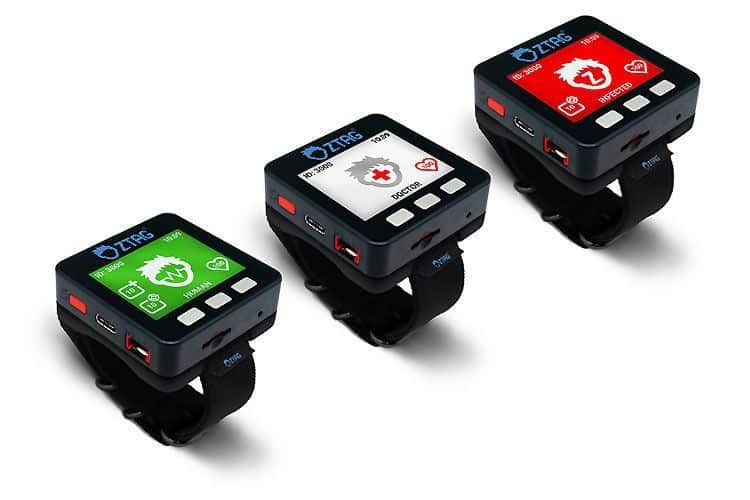
The Benefits of ZTag and Real-world Play on Socialization
ZTag provides socialization opportunities for kids who’ve become more accustomed to communicating via devices. ZTag stimulates creativity and intuition—it’s like a real-life video game. Offering ZTag is a value proposition for attractions, community centers, Boys & Girls Clubs, or family-oriented events of any kind.
We interviewed three operators of ZTag for this article, and the beneficial characteristics of the game cited by all three were:
- Builds social skills
- Is a positive, collaborative game
- Involves physical activity, often outdoors
- Enhances creative and strategic thinking
- Easy to play in almost any venue
Augusta Emmerson, the Manager of Star Skate in Norman, Oklahoma, stated: “Kids love ZTag, because it combines technology, activity, and imagination to create a silly and fun environment and allows them to play. Parents love ZTag, because their kids are up and being active, and there doesn’t have to be any physical contact to get them running.”
Matt Nelson, CEO of the Boys & Girls Club of Santa Clarita
Matt is a huge fan. “ZTag is a fantastic blend of physical activity and strategic thinking. It challenges everyone who plays it. It’s just what kids and teens need these days. Although it’s a game, it allows players to choose roles, perform them, and impact the outcome based on how well they perform or don’t perform their tasks,” he said.
“The Boys & Girls Club is about socialization, first and foremost, but education is a big part of what we do,” he continued. “We help kids with homework and support what they’re learning in school through things like our robotics club, science club, and fun activities that involve science, engineering, and all that. So, ZTag fits into that in the sense that one of our goals is to teach children how to live a healthy lifestyle,” said Nelson.
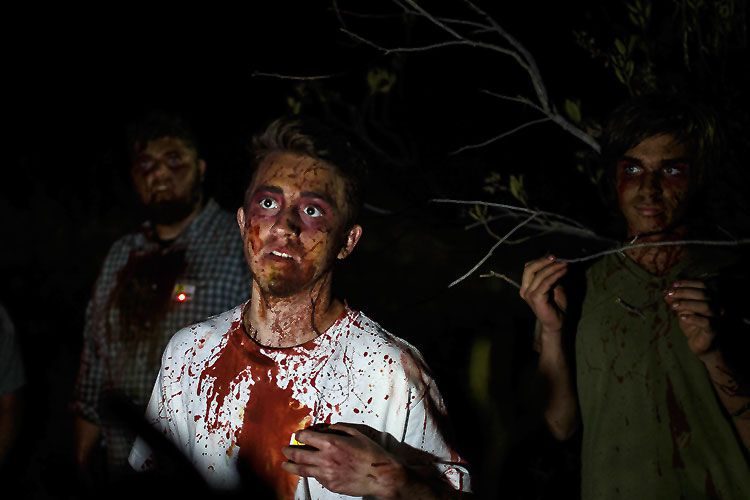
“There’s a lot of concern about kids being lazy and not getting out and exercising enough. They just play video games and eat crappy food. ZTag addresses that in a really fun way. ZTag isn’t super athletic, but it gets kids moving around, and it involves critical thinking, problem-solving, teamwork, and all these things that make kids feel connected and happy,” Nelson observed.
“ZTag builds social skills, especially cooperation.” Another aspect of socialization is learning rules and why they’re necessary. “When we play ZTag at our Clubs, we add music and some props to enhance the themed environment. There’s the narrative of humans versus zombies, so we’re almost creating a mini theme park.”
David Mazochi, Proprietor and Creative Director of David Flower Productions, Provincetown, Massachusetts
David Mazochi stated: “I hooked up with an organization called Our Family Coalition, which supports and creates events for gay families. They have a family week every year in Provincetown, Massachusetts, and gay families from all across the country come to participate in activities for a week. I thought it would be great to run ZTag games during this family week, so we started doing that and have been doing it ever since. I do two games during the week, and both pretty much sell out. I sell 200 admissions a night for the event and do the same, hour-long, formatted game we started with, only now it’s 90 minutes long. It’s a scavenger hunt up and down Commercial Street. The kids can work with their mom and dad as a team or on their own, and they get to explore Provincetown,” said Mazochi.
“Later on, we wanted to create another kind of event, and we decided to put a game together—which we called Apocalypse—using the ZTag technology. This isn’t so much a scavenger hunt but more of a survival game where groups of nine people work as a unit. If players make it to all six checkpoints, they have enough information to create the vaccine to protect themselves from the zombies, and that’s how they survive the apocalypse,” he explained.
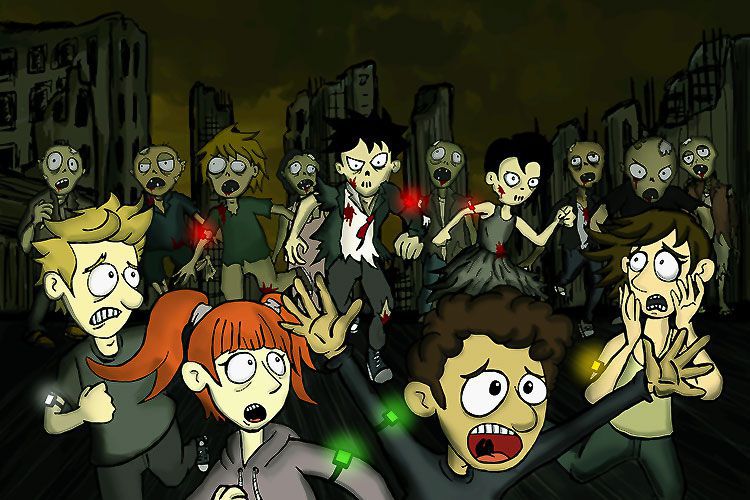
“People feel much more satisfaction when working together than when working individually. When they’re working individually, like in paintball or laser tag, it feels very much like a shooter game. You’re just trying to get as many points as you can, there’s no real interaction, and you don’t care about anybody else in the game,” he noted.
ZTag is intentionally trying to create an activity that helps people with their socialization skills—not just children but everyone.
“In this device-centric age, I think the reason escape rooms, haunted attractions, and immersive experiences are so popular is because people are looking for that social interaction,” said Mazochi.
ZTag 2.0 Technology
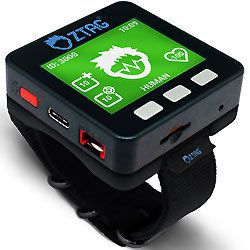
ZTag 2.0 units feature a full-color display, speaker, rechargeable battery, and arm-band mounting. Players can see their game stats and get live feedback when infected. A new feature in this version is that players can compete on a worldwide leader board.
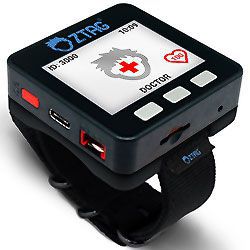
Like ZTag 1.0, the ZTag 2.0 system incorporates ZTags worn by guests and zStations placed throughout the venue. The ZTags are wearable computers loaded with missions. Players either collaborate or compete for zStations, which are the mission objectives. ZTag 2.0 is a “hardware as a service” platform, offering hardware and software upgrades to venues with an annual ZTL host subscription. ZTag captures performance metrics from players and experiments with new ways to play.
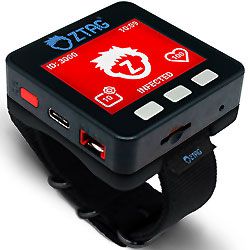
The recently launched ZTag 2.0 devices are priced at $100 per unit, and a zStation is $200. A $1,000 annual ZTL subscription provides product updates to host venues, licensing, leaderboard hosting, and national US promotion.]
Key Takeaways
- Socialization in attractions is a new trend, and it’s a byproduct of interactive entertainment. Entertainment has always been social, but, in its latest form, guests interact with one another as opposed to the old style of entertainment, which was based on “watching together.”
- ZTag players can create their own variations on the basic tag-you’re-it theme, so there’s much latitude for creative play. Also, there are good guys (doctors) as well as bad guys (zombies), so the game stimulates heroic activity (doctors trying to save humans).
- ZTag is venue-independent, and venues with a minimum 1500 square feet (140 square meters) can accommodate 12 ZTag players. The game can be played indoors or outdoors during the daytime or at night.
- “Kids love ZTag, because it combines technology, activity, and imagination to create a silly and fun environment and allows them to play. Parents love ZTag, because their kids are up and being active, and there doesn’t have to be any physical contact to get them running.”—Augusta Emerson, Manager of Star Skate in Norman, Oklahoma.
- “ZTag is a fantastic blend of physical activity and strategic thinking. It challenges everyone who plays it. It’s just what kids and teens need these days.”—Matt Nelson, CEO of the Boys & Girls Club of Santa Clarita, California
- When we play ZTag at our Clubs, we add music and some props to enhance the themed environment. There’s the narrative of humans versus zombies, so we’re almost creating a mini theme park.”—Matt Nelson
- “People feel much more satisfaction when working together than when working individually. When they’re working individually, like in paintball or laser tag, it feels very much like a shooter game. You’re just trying to get as many points as you can, there’s no real interaction, and you don’t care about anybody else in the game.”—David Mazochi, Proprietor and Creative Director of David Flower Productions, Provincetown, Massachusetts
- ZTag 2.0 units feature a full-color display, speaker, rechargeable battery, and arm-band mounting. Players can see their game stats and get live feedback when infected. A new feature in this version is that players can compete on a worldwide leader board.
